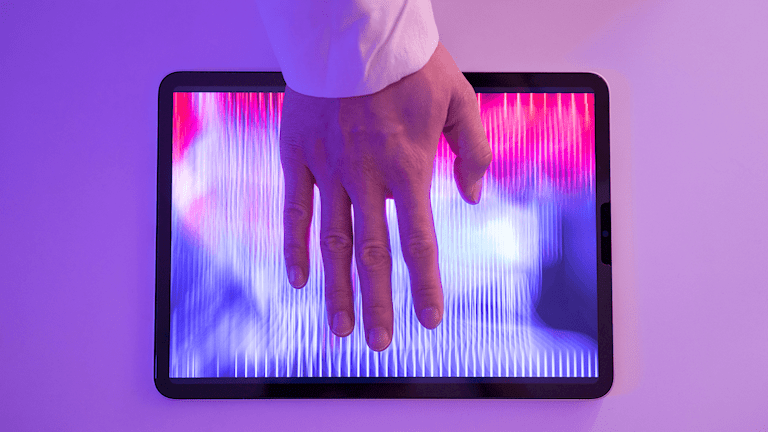The unexpected benefits of a design system
Design systems are the superheroes of the UX world, bringing order to chaos and creating consistency and cohesion across products and services. As an experienced UX designer, I can attest to the wonders of a design system and how it can bring order to a chaotic design. With a design system in place, the promise of consistency and cohesion across products and services comes to life, setting the foundation for the development of a robust brand identity and loyal customer base.
But what truly distinguishes design systems are the unanticipated benefits that arise during the process of implementation. More often than not, I’ve watched our clients embark on the design system journey with the sole aim of bringing structure to disorder—but as they delve deeper, they often discover hidden organizational dilemmas that can be real game changers for an organization once they’re solved.
It begins with listening and understanding. Asking the following probing questions during design system implementation can often unearth valuable insights:
1. What is preventing us from implementing a design system?
We've heard it all from key stakeholders who need organizational buy-in. There isn't time to devote to this effort. The dev team doesn't have the right environments. We can't get consensus across silos. We’ve seen that by starting with a few key components or patterns and building from there can help all the key players understand how a large-scale design system implementation could work. This exercise forces the entire organization to look at their role in its success.
2. How will the design system be used?
By establishing standardized design patterns and components that prioritize accessibility and user experience at the core of a design system, it can streamline the design process and help designers and marketing to work more efficiently and can greatly impact user experience.
When there’s a focus on simple patterns and colors, assurances are made that the site works for the end-user, which includes solving for SEO needs and meeting the highest accessibility requirements.
3. Who owns the design system?
Everyone! A sense of ownership and pride develops when everyone is involved in building a design system. I’ve seen firsthand how attitudes can shift. Each team member has a stake in creating something great, and this collaborative effort has led to amazing results where teams who often opposed each other started championing the same goals. That collaboration then continues well beyond implementation of the design system.
4. Who needs to weigh in on the definition of atoms, molecules, organisms and templates—and how will cross-team collaboration take place?
Design systems are living, breathing entities that require ongoing maintenance and updates. Identifying owners who are open to feedback and making adjustments along the way will help ensure success. A design system that pulls in cross-functional feedback ensures it is well-designed and implemented. By leaning into established patterns, design systems can help guide their product or applications to scale more easily as they grow and evolve over time, saving valuable time and resources.
5. What does success look like?
It’s important that your design system team identifies the metrics that demonstrate and measure success. The metrics could be defined from an internal perspective like adoption and productivity gains or an external perspective such as growth rate. Prioritization on analytics is an important tool that allows for tracking and measuring success across all products and services—well beyond a design system. By establishing ways to track, measure, circle back, and evaluate, improvements can be made on the implementation with real user data. I believe in the transformative power of a well-executed design system and how it can uncover hidden organizational treasures including new insights, improved cross-team collaboration, and streamlined workflows.
Thinking about implementing a design system? Who knows what hidden organizational treasures you may discover while implementing a design system? It's possible that you may even help solve some underlying obstacles that have been impeding progress well beyond design.



